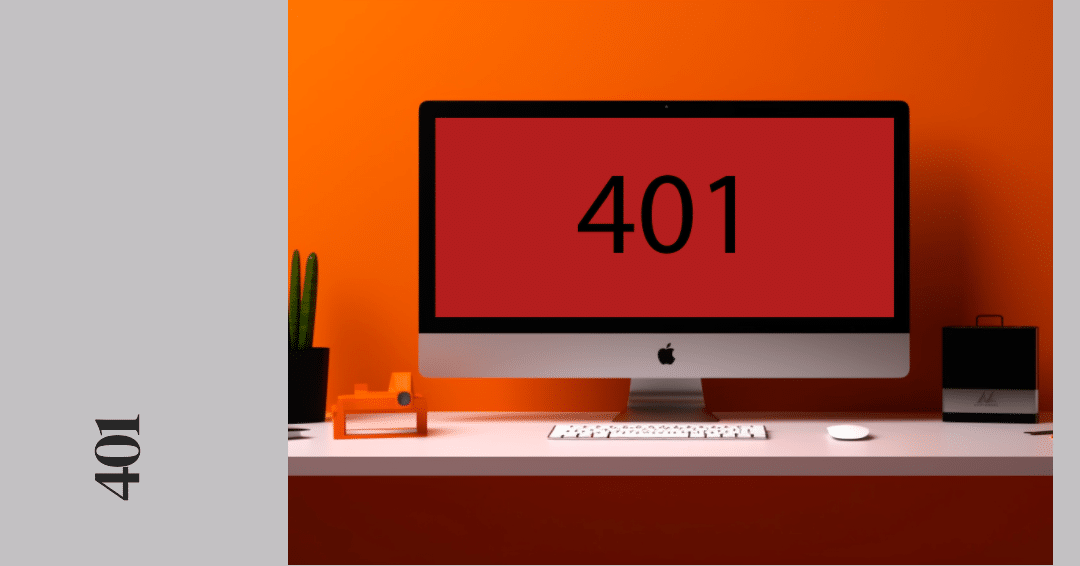HTTP status codes are an essential part of web development, and one such code you’re likely to encounter is 401 – Unauthorized. This status code communicates a specific message between a client and server, offering invaluable information for developers, website administrators, and users.
The HTTP Status Code Landscape
Before diving into the specifics of the 401 status code, it’s essential to understand the broader context of HTTP status codes. These three-digit codes are the server’s way of informing the client about the status of their request. They fall into five categories:
- 1xx – Informational: These codes signify that the request was received and understood. It’s being processed.
- 2xx – Successful: The request was successfully received, understood, and accepted.
- 3xx – Redirection: Further action must be taken in order to complete the request.
- 4xx – Client errors: The request contains bad syntax or cannot be fulfilled.
- 5xx – Server errors: The server failed to fulfill a valid request.
The 401 Unauthorized status code falls into the fourth category, indicating an issue with the client’s request.
The 401 – Unauthorized error means the request lacks valid authentication credentials for the target resource. While users often confuse it with the 403 Forbidden error, these two are distinct. The 401 error indicates that the request should be re-attempted with appropriate authentication, while a 403 error signifies that authentication won’t make a difference—the server has chosen not to fulfill the request.
Here are some common reasons:
- Invalid login credentials: The user may have entered incorrect username or password.
- Expired session: The user’s session may have expired, requiring them to log back in.
- Inadequate permissions: The user might not have sufficient permissions to access the resource.
Whether you’re a developer or a user, here’s how you can address a 401 error:
For Users:
- Check your credentials: Ensure you’ve entered the correct username and password.
- Re-login: Log out and then log back in, as your session might have expired.
- Contact support: If the error persists, reach out to the website’s support.
For Developers:
- Inspect server logs: Check your server logs to understand what’s triggering the 401 error.
- Verify authentication systems: Check your authentication mechanisms for any flaws or inconsistencies.
- Check user permissions: Ensure users have the necessary permissions to access the requested resource.
- Case Study 1: An E-Commerce Platform
- Case Study 2: A Social Media Network
- Case Study 3: An Online Learning Platform
Each case study would delve into a specific real-world instance where a 401 Unauthorized error occurred, detailing how it was identified, addressed, and what measures were put in place to prevent similar occurrences in the future.
Conclusion
The 401 – Unauthorized status code is a critical aspect of HTTP communications, acting as a vital tool for efficient user authentication and resource access. Understanding its ins and outs can help you improve your website’s security, user management, and overall functionality.






